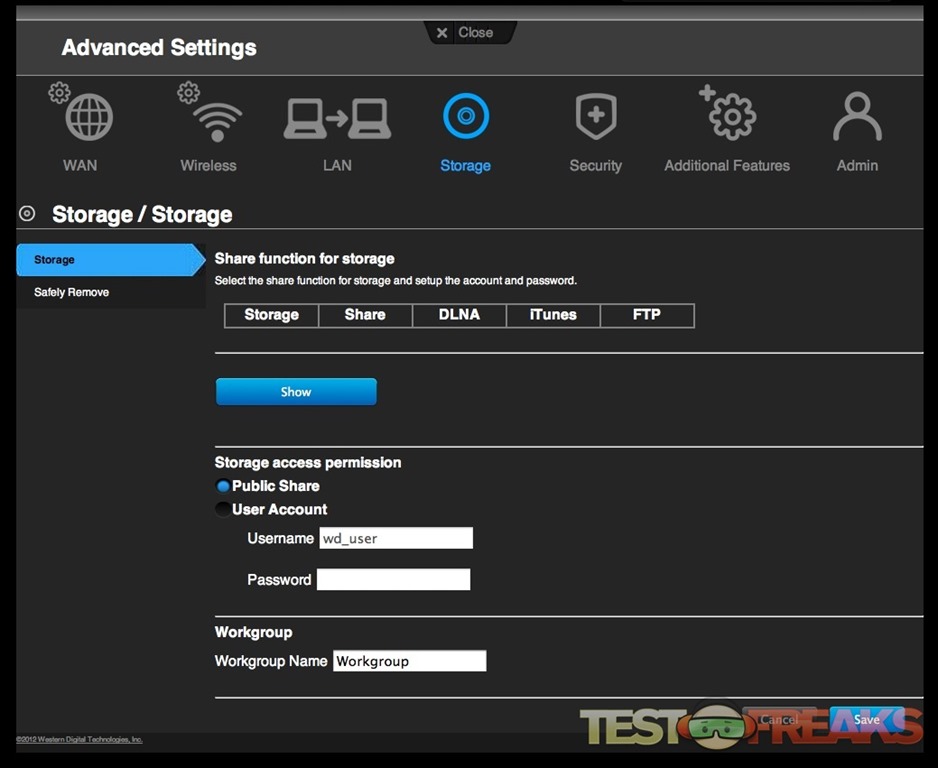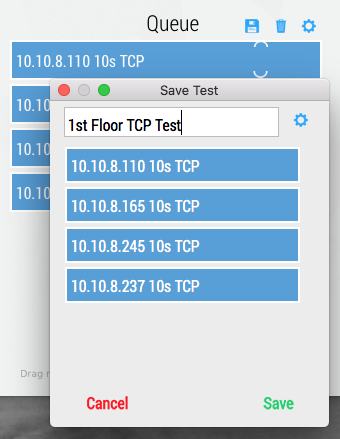

Use representative streams to test out how link layer compression affects your achievable bandwidth (-F option).Print periodic, intermediate bandwidth, jitter, and loss reports at specified intervals (-i option).Can run for specified time (-t option), rather than a set amount of data to transfer (-n or -k option).Server handles multiple connections, rather than quitting after a single test.Client and server can have multiple simultaneous connections (-P option).Cross-platform: Windows, Linux, Android, MacOS X, FreeBSD, OpenBSD, NetBSD, VxWorks, Solaris.Client can create UDP streams of specified bandwidth.Support for TCP window size via socket buffers.Report MSS/MTU size and observed read sizes.It is released under a three-clause BSD license. iPerf3 is principally developed by ESnet / Lawrence Berkeley National Laboratory. iPerf was orginally developed by NLANR/DAST.
WIFIPERF ANDROID CODE
This is a new implementation that shares no code with the original iPerf and also is not backwards compatible. For each test it reports the bandwidth, loss, and other parameters. It supports tuning of various parameters related to timing, buffers and protocols (TCP, UDP, SCTP with IPv4 and IPv6).

Just start a Crapify proxy on your computer, set your phone proxy to your computer's local address and voila, you've got crappy internet on your phone.IPerf3 is a tool for active measurements of the maximum achievable bandwidth on IP networks. I feel like an idiot for not realizing it sooner. I just realized you can pick the very same strategy with real devices too. Run a proxy server on your host machine that simulates bad network conditions, like Crapify or Toxiproxy (I only tested the former) and you're good to go.
WIFIPERF ANDROID ANDROID
It's an Android emulator with much better performance than the original AVDs and the version for personal use is free.Īfter you created your virtual device in Genymotion, just go through this tutorial to set a proxy for the device. The best way to do this is using Genymotion. The original Android emulator is way too slow for testing and doesn't achieve more than the solution above. You can try to do this by dialing *#*#4636#*#* in the phone app The only logical way to achieve real testing is to make your phone connect to a low quality cellular network, like EDGE, if your phone company provides it. Testing on a real device doesn't make much sense overall as you have to go through a lot to make it work. I was struggling with this problem for half a day, finally I came to this solution: They have also written a blog post about it: Traffic can be shaped/unshaped using a web interface allowing any devices with a web browser to use ATC without the need for a client application. This also allows any devices that route through ATC to be able to shape their traffic. In order to be able to shape the network traffic, ATC must be running on a device that routes the traffic and sees the real IP address of the device, like your network gateway for instance. Aspects of the connection that can be controlled include: Developers can use ATC to test their application across varying network conditions, easily emulating high speed, mobile, and even severely impaired networks. It allows controlling the connection that a device has to the internet. A brief summary from their GitHub page:Īugmented Traffic Control (ATC) is a tool to simulate network conditions. I know its a bit late to answer to this question, but i hope this helps others facing similar issues!įor anyone using eclipse, see answer below.įacebook built something called Augmented Traffic Control. The screenshot below describes how this Run Configuration screen looks like: Here you can change different values for Network Speed(internet speed) and Network Latency (delay) to simulate different speeds and latencies etcĪlternatively, you can enter various arguments in Additional command line options text field as mentioned in answer.Here is a screenshot of how it may appear: The Network Settings can be accessed after clicking the Show Advanced Settings button.

WIFIPERF ANDROID SIMULATOR
Now They've placed these settings in Simulator Settings in AVD Manager.
WIFIPERF ANDROID UPDATE
Update for Android Studio v 1.5 or greaterĪs mentioned in a comment below that the Emulator tab mentioned in original post has been removed in Android Studio v 1.5.


 0 kommentar(er)
0 kommentar(er)
